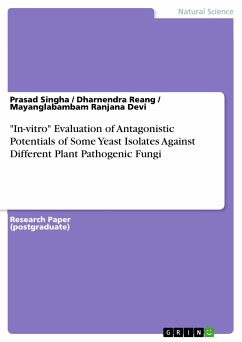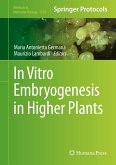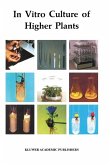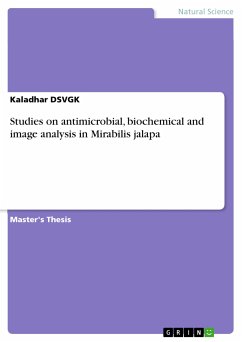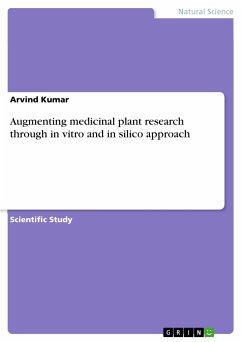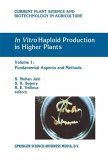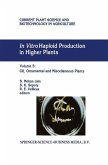Literature Review from the year 2019 in the subject Biology - Botany, grade: A, Meerut Institute of Technology (MEERUT INSTITUTE OF ENGINEERING AND TECHNOLOGY), language: English, abstract: Quercetin is scientifically known as 3,3',4',5,7-pentahydroxyflvanone which was given by IUPAC. Quercetin is derived from a latin word known as "Quercetum" that means oak forest. This comes under the class known as Flavanols that is not produced by human body. The quercetin is yellow in color that is poorly soluble in hot water, partially soluble in alcohol and is insoluble in cold water. It is most widely used Flavonoid worldwide to treat many disorders. It shows many biological activities like antiallergenic, antiviral, vasodilating and anti-inflammatory disorders, anti-platelet, anti-tumor, anti-oxidant and treatment of neuro degenerative disorders. There are many sources of quercetin as it is mostly found in fruits, vegetables and certain beverages. It is used in preventing injuries as they activate the anti-oxidant enzyme, reduction of alpha tocopheryl radicals, inhibits the oxidases, metal chelating activity, mitigation of oxidative stress caused by NO, increases uric acid level, increases the antioxidant properties of low molecular antioxidants and they also oxidize other compounds and act as pro oxidants
Dieser Download kann aus rechtlichen Gründen nur mit Rechnungsadresse in A, B, BG, CY, CZ, D, DK, EW, E, FIN, F, GR, HR, H, IRL, I, LT, L, LR, M, NL, PL, P, R, S, SLO, SK ausgeliefert werden.



